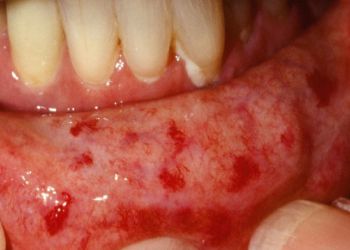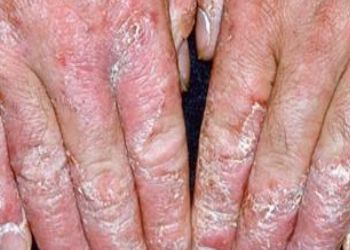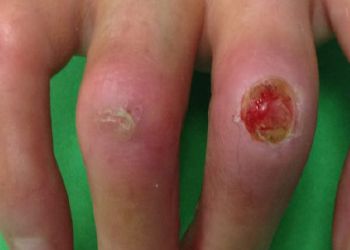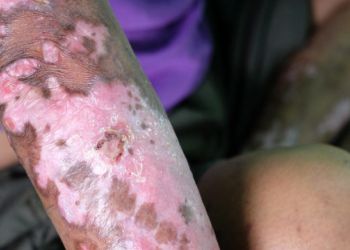Services
Scleroderma




What is Scleroderma?
Scleroderma literally means “hard skin”. In some forms of Scleroderma only hard/tight skin is the symptom. In other forms the problem goes much deeper, affecting blood vessels and internal organs, such as the heart, lungs and the kidneys.
What are the different types of Scleroderma?
There are two main classes of Scleroderma.
- Localized Scleroderma affects only certain parts of the body [ skin & related structures]
- Systemic Scleroderma affects the whole body [affects the tissues beneath the skin such as the blood vessels & major organs].
What are the signs and symptoms of Scleroderma?
Main symptoms of localized scleroderma is thickening of skin which may occur as patch [morphea], linear Scleroderma [ A single line or band of thickened & or abnormally colored skin]. These occur mostly in children.
People with limited form of systemic Scleroderma may present with what is commonly called as the‘CREST’.
C- Calcinosis formation of calcium deposits in the connective tissues.
R- Raynaud’s phenomenon a condition where hands or feet turn white & cold, then blue in colour. As blood flow returns they become red.
E- Esophageal dysmotility-impaired function of the tube connecting the throat & the stomach that occurs when smooth muscles in the esophagus lose normal movement.
S- Scerodactyly-thick, tight skin on fingers, resulting from deposits of excess of collagen in the skin. Skin appears shiny, tight, darkened & makes it hard to bend/straighten fingers.
T- Telangiectasias-small red spots on the hands & face that are caused by swelling of tiny blood vessels. Other symptoms include tiredness, loss of hunger, weight loss, joint swelling & pain. Generalised or diffuse scleroderma and sine scleroderma are other forms of scleroderma.
What are the causes for Scleroderma?
The exact cause for Scleroderma is not known. Scientists have proved that it is not infectious/transmittable. Studies also show that it is not an inherited disorder though genetic factors play an important role.
Scleroderma can arise from various causes such as
- Abnormal immune/inflammatory activity A condition in which the immune system for unknown reasons, turn against ones own body.
- Genetic make-up – sometimes genes put certain people at risk for Scleroderma, but it is not passed from parent to child like some genetic disorders.
- Environmental triggers -some viral infections, certain adhesive & coating materials & organic solvents like vinyl chloride or tricholoroethylene and even blood transfusion may trigger the disease in some people, though the evidence is not full proof.
Can a woman with Scleroderma become pregnant?
With regular follow ups under a physician, women with Scleroderma can have safe
pregnancies & healthy babies. If not supervised by expert, pregnancy & child birth related complication do happen.
How is Scleroderma diagnosed?
Diagnosis is largely based on medical history and findings from physical examination. A skin biopsy is rarely needed, but blood tests may be necessary.
How is Scleroderma treated?
Usually a rheumatologist [a specialist who treats people with diseases of joints, bones, muscles and Immune system] treats the case. Other specialists are also involved such as a dermatologist, nephrologists, cardiologist, gastroenterologist and pulmonary specialist depending on presentation.
Current treatment is mainly focusing on symptom control and management of organ damage. Thus treatment and management focus on relieving symptoms and limiting damage. Mycophenolate is a good drug for overall disease control including lung disease in Scleroderma.
